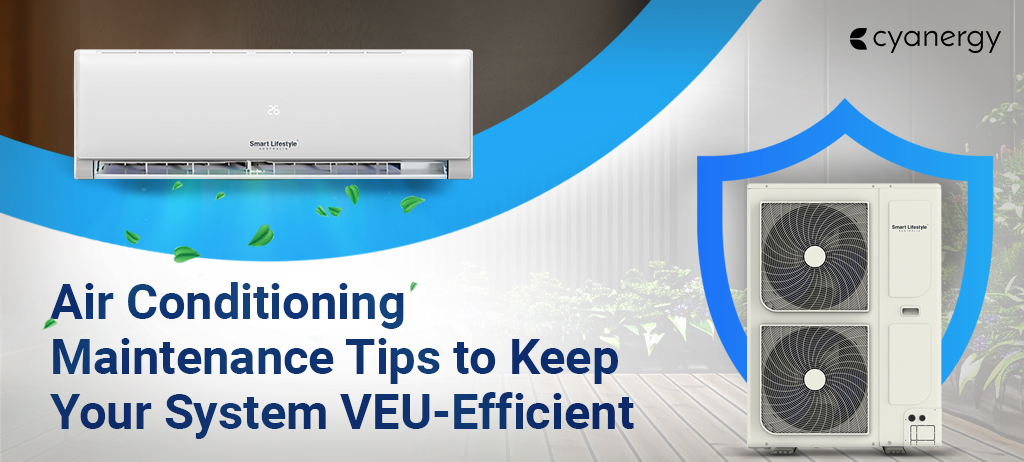Did you know that the appliances small shops and restaurants use often are the most significant contributors to their electricity bills?
With rising electricity costs in Australia, now is an excellent time to learn how to make fridges and freezers more energy-efficient.
Buying appliances that use less energy can help you save money over time and do less harm to the environment. And Energy Star-rated commercial appliances do just that! These star-rated appliances also promote sustainability.
Nowadays, finding these energy-saving refrigerators is easier than ever because the government has tools like the GEMS star rating to show their efficiency.
This makes it simple to compare different products and see how they’ll affect your energy bill and if they follow Australian rules.
Understanding Energy Star Ratings
The Energy Star Rating in Australia is like a grade for how good an appliance is at saving energy. It’s like when you get stars in school for doing well. The more stars an appliance has, the better it uses less electricity.
This rating helps you know which appliances are better for saving energy and which might cost you more electricity bills.
So, if you see a fridge or a freezer with more stars on its Energy Star Rating label, it’s more energy-efficient, which is good for your wallet and the environment.
The Energy Star Rating is an easy way to compare different appliances and choose the ones that will help you save money and reduce your environmental impact.
How to Compare Superior Energy Efficiency
Superior energy efficiency in Energy Star Ratings means that the appliance is exceptionally good at saving energy compared to similar appliances. It’s like being the top student in a class regarding saving energy.
When an appliance has superior energy efficiency, it uses less electricity to do the same job as other appliances. This is great because it helps you save money on your electricity bills and reduces the energy needed, which is good for the environment.
So, you see an appliance with a label saying it has superior energy efficiency in its Energy Star Rating. In that case, you can be confident that it’s one of the best choices for saving energy and reducing environmental impact.
Energy ratings must be shown on the product so you can compare them easily when shopping. Or, you can visit the Energy Star website from home and find some good models.
The ratings range from one to six stars, but some efficient fridges and air-conditioners can have up to 10 stars, which means they’re even better.
The rating considers the size of the appliance. For instance, a big dishwasher might use more energy overall than a smaller one, but it could get a higher rating if it’s better at heating the same amount of water.
Pick a low annual energy consumption model to save the most energy. This number is usually shown in kilowatt-hours (kWh) per year alongside the star rating. It’s based on ‘average’ usage, so if you think you’ll use the appliance more than most people, consider that.
Benefits of Energy Star-Rated Commercial Appliances

Cost Savings
Environmental Benefits
Quality and Performance
Reputation Enhanced
Lastly, using Energy Star Rated appliances can improve a business’s reputation. Customers appreciate companies making environmentally friendly choices, so it can attract more customers and boost the business’s image.
So, whether it’s saving money, helping the environment, or improving reputation, Energy Star Rated commercial appliances offer lots of benefits for businesses in Australia.
What is the Energy Star Label?
The Energy Rating Label is part of the Australian and New Zealand Equipment Energy Efficiency Program.
This label is found on various appliances like air conditioners, clothes dryers, washing machines, computer monitors, dishwashers, fridges, freezers, pool pumps, and TVs.
The label can be a 6-star- or 10-star for efficient appliances. For swimming pool pumps, it’s always a 10-star rating.
The number on the label tells you how much energy the appliance uses each year.
Besides the Energy Rating Label, dishwashers and washing machines must also show a Water Rating Label to tell you how water-efficient they are.
To know more about energy-efficient appliances or compare different models, check out the Energy Rating website and use their Energy Rating Calculator.
Appliances without star ratings
Find out how much energy is used by products that do not have energy ratings and compare them to similar products.
Some imported items bear the American ENERGY STAR label. The US government supports this scheme. ENERGY STAR-rated products include computers, televisions, printers, and media players.
How are Energy Rating Labels read?
Two main things about Energy Rating Labels are the star rating for efficiency and the number showing energy consumption.
There are two kinds of labels: one with six stars and one with ten stars, but they all go up to ten.
Star Ratings

Appliances get a rating from 1 to 10 stars, with 10 stars being the most efficient.
Appliances rated from 1 to 6 stars are efficient, while those from 7 to 10 are super-efficient. Remember, more stars mean the appliance is more efficient.
Energy-efficient appliances use less electricity but still perform well, so you’ll pay less on your energy bill.
Two Types of Labels: 6 Star and 10 Star.
If an appliance has a rating of 6 stars or less, it will have a six-star label, showing half-star increments. But even with 6 full stars, the rating is out of 10, not 6.
Appliances rated 7 stars or more will have additional stars above the regular six-star label and might not use half-star increments.
How are Star Ratings Calculated?
Star ratings are calculated differently for each appliance. Algorithms figure out how much work an appliance does for each energy unit.
For example, for a TV, it could mean screen size, and for an air conditioner, it could be cooling capacity.
Remember, star ratings compare appliances of similar size or capacity. So, when you reach a fridge’s star rating, it’s against other fridges of similar size, not all fridges.
Energy Consumption
The energy consumption on an appliance shows how much energy (measured in kilowatt-hours, or kWh) it’s expected to use in one year with regular use.
By checking this part of the Energy Rating Label, you can guess how much it might cost to run the appliance.
How to Calculate Energy Consumption Numbers?
These are the guesses used to figure out energy usage numbers:
- For TVs & computer monitors: 10 hours of use + 14 hours on standby each day
- For Fridges & Freezers: running 24 hours every day
- For Dishwashers: used 7 times each week with the ‘Normal’ setting
- For Clothes Washers: used 7 times each week with a warm wash
- For Clothes Dryers: running one full load each week
Remember, your appliance’s energy will depend on how much you use it compared to these guesses.
Cost Comparison of Appliances With or Without Energy Star Ratings

You need to do a simple calculation to figure out how much it costs to run an electrical appliance with a star rating.
Look at the number of kilowatt-hours (kWh) per year on the Energy Rating Label of the appliance. Then, multiply this number by the rate you pay for electricity, which you can find on your electricity bill.
For example, let’s say you’re buying a heat pump from Cyanergy for your Business. Here’s how much you might save by choosing a more energy-efficient star-rated heat pump instead of a 3-star water heater system.
Our heat pump’s average electricity rate is 25 to 40 cents per kilowatt-hour (kWh). Let’s use an estimated electricity rate of 28 cents ($0.28) per kWh:
- A star-rated heat pump uses around 213 kWh per year. Multiply this by $0.28, which could cost about $60 a year to run.
- A 3-star heat pump uses about 520 kWh per year. Multiply this by $0.28, which could cost around $146 a year to run.
To find the total running cost over the appliance’s lifespan, multiply the annual fee by the years you expect to use it. Most significant appliances last around 10 years.
For electrical appliances without a star rating label, reducing electricity use involves understanding how much energy they use and looking at your usage habits.
You can estimate their running costs by doing a similar calculation. Choosing the more energy-efficient appliance saves about $860 over 10 years.
Remember, these are just examples, and the actual savings may vary. You can find more information and similar calculations using the Energy Rating Calculator on the Energy Rating website.







